Galvanized pipes are steel pipes coated with a layer of zinc to improve their corrosion resistance. According to the different galvanizing methods, galvanized pipes can be divided into hot-dip galvanized pipes and cold-dip galvanized pipes. Hot-dip galvanizing has a thicker layer and stronger corrosion resistance, while cold-dip galvanizing (electrogalvanizing) has a thinner layer and is mostly used in places with lower corrosion protection requirements. Galvanized pipes are widely used in construction, petroleum, chemical industry, agricultural irrigation and other fields, but their welding is more difficult than ordinary carbon steel pipes and requires special attention.
The welding specification for galvanized pipes is derived from the American Welding Society (AWS), Welding Galvanized Steel. This specification deals with the preparation of metals and the actual welding process, requiring welding on steel that does not contain zinc, even though the part has been galvanized. The zinc coating should be removed from either side of the intended weld and both sides of the workpiece by at least 1-4 inches.
The welding of galvanized pipes should pay attention to:
1. Galvanized steel pipes with a pipe diameter greater than 100mm should be connected with flanges or special ferrule-type pipe fittings.
2. In order to ensure the quality of welding, the galvanizing of the weld should be treated at the welding joint of the galvanized steel pipe and the flange. The galvanized layer should be cleaned with a hand-grinding wheel or sandpaper, or the galvanized layer should be removed with a gas welding flame.
3. The welding of galvanized steel pipes and flanges should be galvanized twice.
Galvanized pipe welding process
1. Preparation before welding
Remove the galvanized layer: The welding part can be removed by grinding (grinding wheel or wire brush) or chemical treatment (pickling or alkali washing) to reduce pores and welding defects.
Preheating treatment: Proper preheating (generally 100~150℃) can reduce welding stress and reduce the risk of cracks.
2. Choose the right welding process
Steel arc welding (SMAW): Suitable for on-site construction, it is recommended to use low-hydrogen electrodes such as J422 (E6013) or J506 (E7018) to prevent cracks.
Gas shielded welding (MAG/MIG): Using CO₂ or mixed gas shielded welding can reduce welding slag and improve welding quality. ER70S-6 welding wire is recommended.
TIG welding (tungsten inert gas arc welding): Suitable for thin-walled galvanized pipes, with high welding quality, but slow speed, suitable for precision welding.
3. Adjust welding parameters
Reduce current: Appropriately reduce welding current, reduce the evaporation of zinc layer, and reduce the generation of pores.
Speed up welding speed: Reduce the melting time of zinc layer and reduce the influence of zinc vapor.
Multi-layer welding: For thick-walled galvanized pipes, multi-layer welding can reduce the risk of cracks and improve the quality of welds.
4. Ventilation and safety measures
Strengthen ventilation: Galvanized pipe welding will release zinc oxide smoke and dust. Work should be carried out in a well-ventilated environment. Use fume exhaust equipment or respiratory protection when necessary.
Wear protective equipment: Operators should wear gas masks, protective glasses and protective gloves to avoid damage to the human body by zinc vapor.
5. Post-weld treatment
Remove welding slag: After welding is completed, the welding slag should be cleaned in time to check the quality of the weld.
Anti-corrosion re-coating: After the zinc layer at the weld is damaged, anti-rust paint or cold galvanizing paint should be used to re-coat to restore the anti-corrosion performance of the
pipeline.
Measures to ensure the quality of galvanized pipe welding are:
1. Human factors are the control focus of gas galvanized pipe welding. Due to the lack of necessary post-welding control measures, it is very easy to cut corners and affect the quality; at the same time, the special characteristics of galvanized pipe welding make it difficult to ensure the quality of welding. Therefore, before the project starts, skilled welders who hold corresponding boiler pressure vessel or equivalent welder certificates should be selected, necessary technical training and briefing should be carried out, and after on-site welder assessment and approval according to the boiler pressure vessel welder examination rules, permission to enter the site for welding should be granted. And it shall not be replaced at will to ensure that the welders for welding the pipeline are relatively stable.
2. Control of welding materials: ensure that the welding materials purchased are from regular channels, with quality assurance books and certificates, and meet the process requirements; the acceptance and delivery procedures of welding materials must be formal and complete, and the recovery of welding rod heads must be strictly controlled to ensure the flow direction and amount; welding materials must be baked strictly according to the process, and no more than half a day's amount should be issued at a time.
3. Welding machine; welding machine is a welding machine, and its performance must be reliable and meet the process requirements; welding machine must have qualified current and voltage meters to ensure the correct implementation of welding process. The welding cable cannot be too long, and the welding parameters must be adjusted when it is too long.
4. Welding process method: ensure the strict implementation of the special operation method of galvanized pipe, check the groove before welding according to the welding process, control the welding process parameters and operation methods, check the appearance quality after welding, and increase the post-welding non-destructive testing if necessary. Control the welding layer and the amount of welding materials for each pass.
5. Welding environment control: ensure that the temperature, humidity and wind speed during welding meet the process requirements. Welding shall not be performed when there are no conditions.
How to control the galvanized steel welding process?
The pre-welding preparation of galvanized steel is the same as that of general
low-carbon steel. It should be noted that the groove size and the nearby galvanized layer should be carefully handled. In order to weld through, the groove size should be appropriate, generally 60~65°, and a certain gap should be left, generally 1.5~2.5mm; in order to reduce the penetration of zinc into the weld, the galvanized layer in the groove can be removed before welding.
In actual supervision work, centralized groove making and no blunt edge process are used for centralized control, and two-layer welding process is adopted to reduce the possibility of incomplete welding. The welding rod should be selected according to the base material of the galvanized pipe. Generally, J422 is more commonly used for low carbon steel due to its ease of operation.
Welding of galvanized steel can be done safely and effectively if the correct procedures are followed. Most of these procedures should be standard practices used when welding uncoated or clean steel. The American Welding Society publication ANZI/ASC Z-49.1, Safety and Cutting in Welding, covers all aspects of safety and health in the welding environment. It contains information on protection of personnel and general areas, ventilation, fire prevention and protection, and confined spaces.
Summary
Galvanized pipe welding is different from ordinary steel pipe welding. Special attention should be paid to the influence of the zinc layer to avoid welding defects. Through reasonable pre-welding treatment, selecting appropriate welding methods, adjusting welding parameters and taking safety protection measures, the welding quality can be effectively improved to ensure the service life of the galvanized pipe. In the actual construction process, following these points can not only improve welding efficiency, but also ensure construction safety.






 English
English Español
Español بالعربية
بالعربية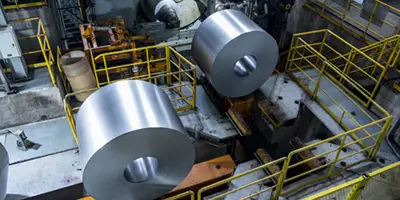
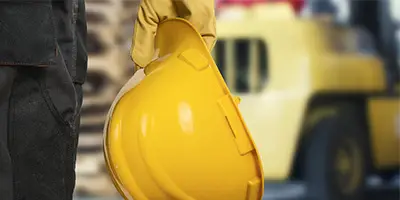
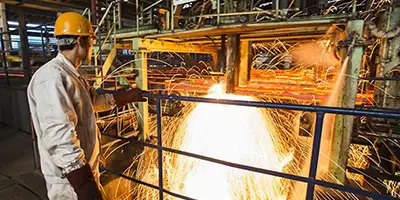
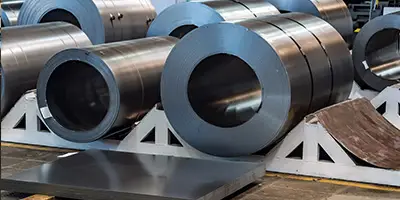

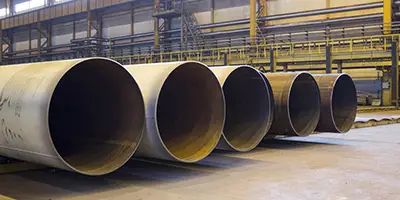

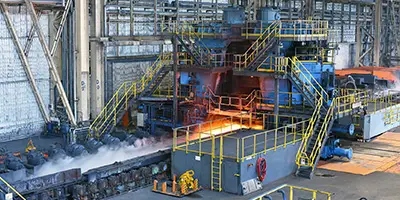
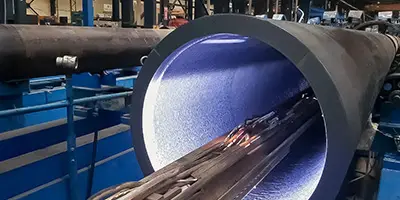
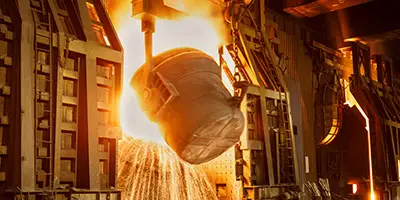
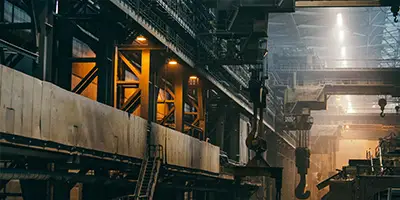
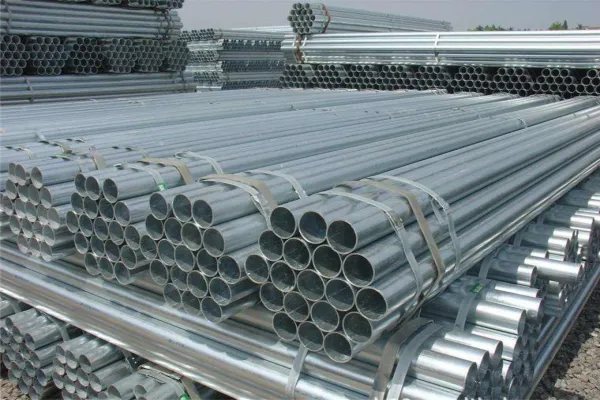
 Phone :
Phone :  Whatsapp :
Whatsapp :  Email :
Email : 


